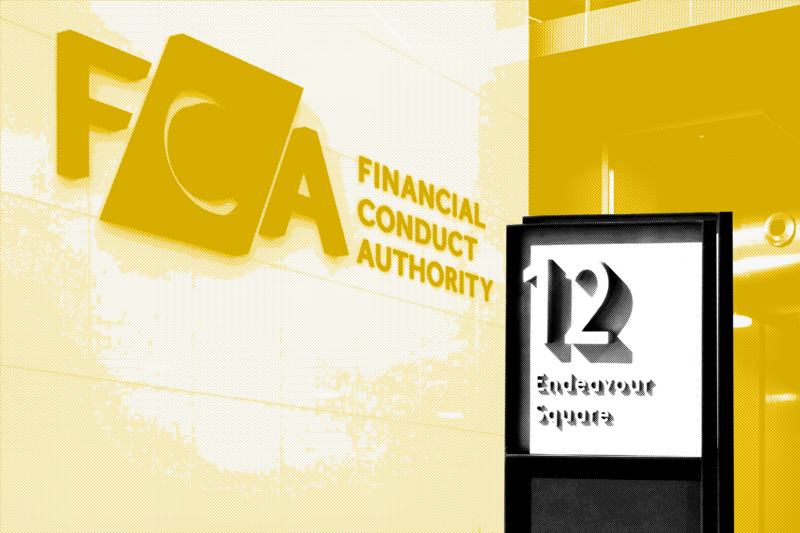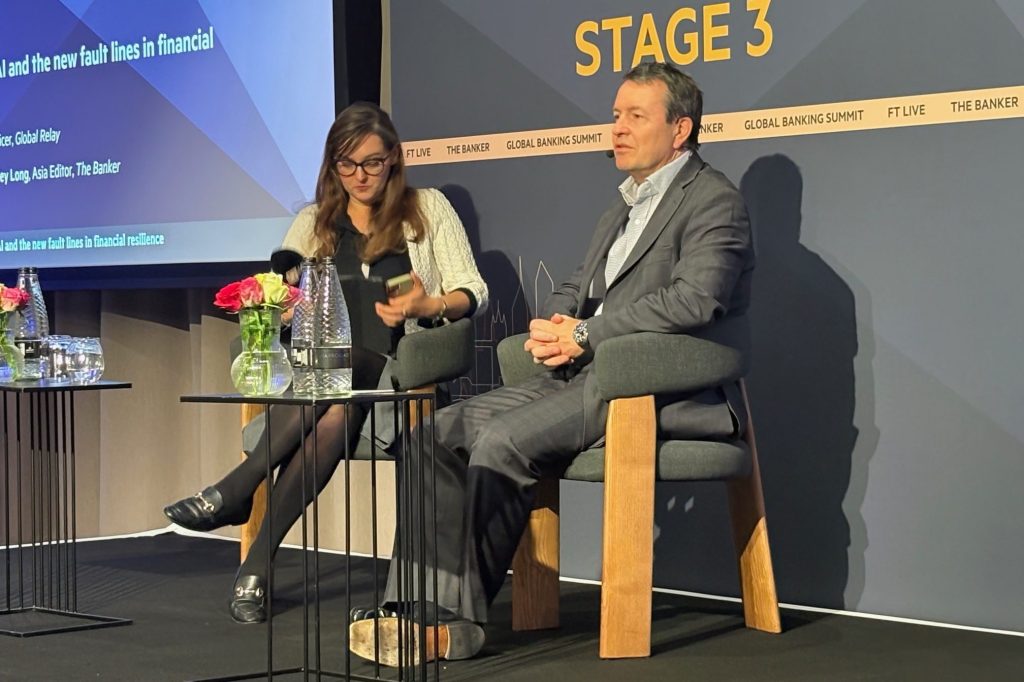It is not often that the SEC’s enforcement docket reads like a crash course in the full spectrum of American financial misconduct. But July brought a trio of cases that, together, chart a tour through the modern landscape of white-collar fraud.
From a senior banking examiner at the Richmond
Register for free to keep reading.
To continue reading this article and unlock full access to GRIP, register now. You’ll enjoy free access to all content until our subscription service launches in early 2026.
- Unlimited access to industry insights
- Stay on top of key rules and regulatory changes with our Rules Navigator
- Ad-free experience with no distractions
- Regular podcasts from trusted external experts
- Fresh compliance and regulatory content every day












